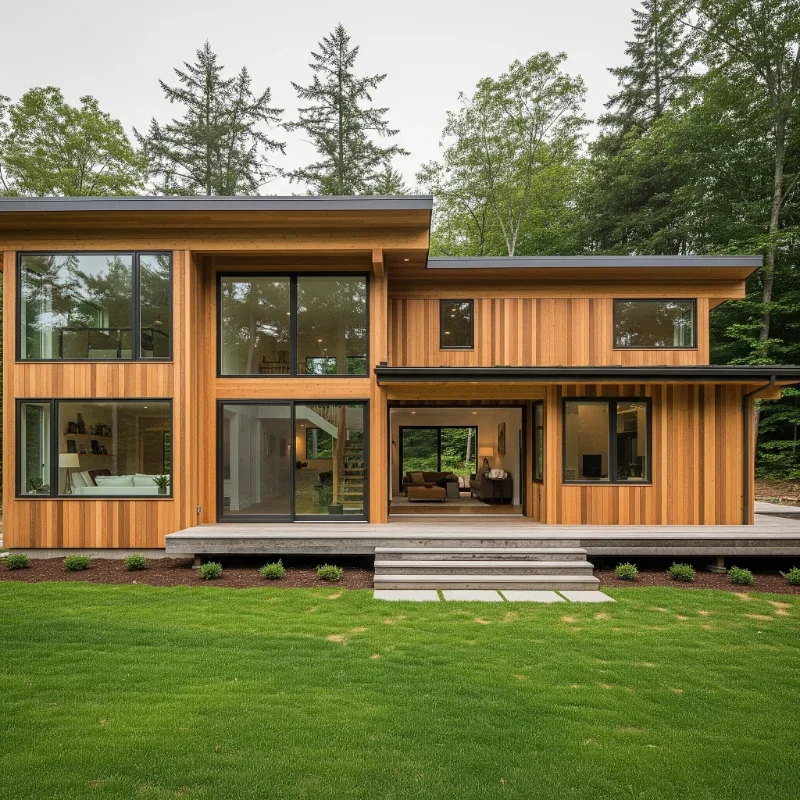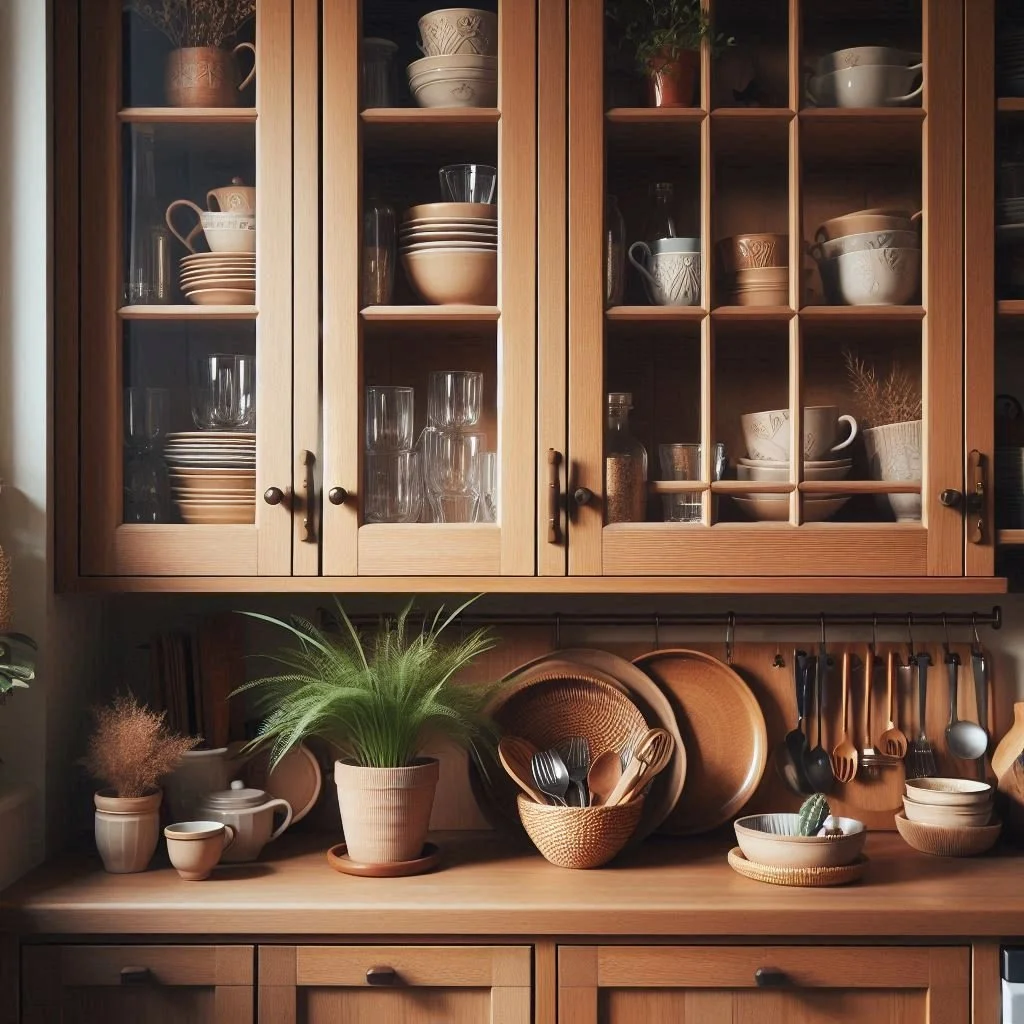Aspects to Consider When Purchasing Wood Panels
Explore key factors to consider when purchasing wood panels, from material type and durability to aesthetics and installation needs.
Wood panels are a versatile and widely used material in interior design and DIY projects. Apart from aesthetics, wood panels also improve the sound and insulation in any room. It is therefore not surprising if installing them in your home is something you consider. If that is the case, here are some aspects to consider.
Different Wood Types
When choosing wood panels for interior finishes, the type of wood plays a crucial role in both the final appearance and the performance. The type of wood used in wood panelling influences the pattern, the hardness and the colour. Oak, for example, has a coarse texture which makes it strong and resistant. Apart from a unique pattern, it is available in a wide range of colour from light beige to reddish-brown. For a rich, dark brown to purplish-black in a luxurious interior, walnut is an excellent choice. As the dark texture deepens over time, it is also a durable option. If you want wood that complements a rustic, natural design, then pine is an option. Pine has soft textures and yellow to light brown colouring, that is easy to apply. However, pine is prone to scratches and dents, and the colour tends to fade over time unless treated regularly.
Maintenance
Wood panels can last for decades, provided they are treated with care and cleaned on a regular basis. Accumulating dust will dull the appearance, but also cause gradual wear. When cleaning wood panels, use dry, soft microfiber cloths; abrasive material might scratch the surface. For deeper cleaning, use a slightly damp cloth with a few drops of mild soap, but avoid moisture on the panels as it can cause swelling or mold growth. The wood will benefit from an occasional polishing or oiling in order to restore its luster. Use wood polish that was especially designed for this purpose, and avoid any silicone-based products. Overall, protecting the panels from exposure to sunlight will prevent the wood from discolouring and drying out. You can even apply a UV-resistant wood finish that protects the surface.
Installation
If you plan on installing the wood panels yourself, you should consider which method is most applicable to your home and the time and effort you are willing to invest. In general, there are two popular methods of installation: tongue-and-groove and peel-and-slick. ’Tongue and groove’ refers to the way two wood panels are fitted together; the one side contains a projection called ’tongue’, that locks with the opening on the other side called ’groove’. Although this method is like a seamless puzzle, it does require that the surface is properly prepared with studs or solid backing. You can then screw the tongue through the wall or studs, and slide the groove over the tongue of the installed piece. The peel-and-stick method is much less labour intensive, and doesn’t require more than peeling off the adhesive backing and pressing the panel onto the clean surface. However, peel-and-stick is less durable than tongue-and-groove, as the adhesive may weaken over time, especially in humus areas.










